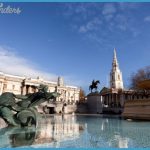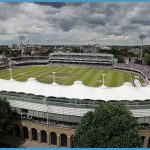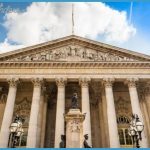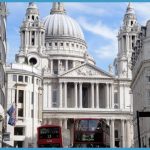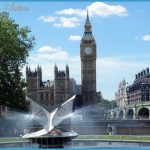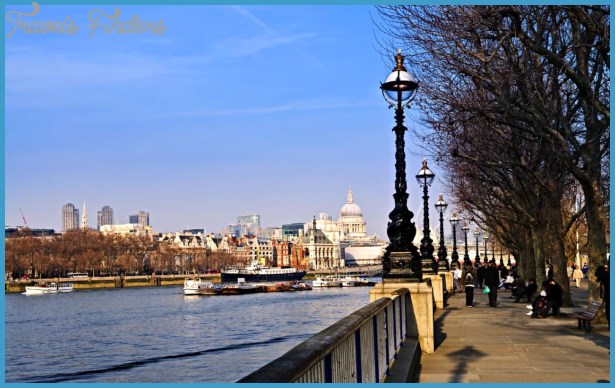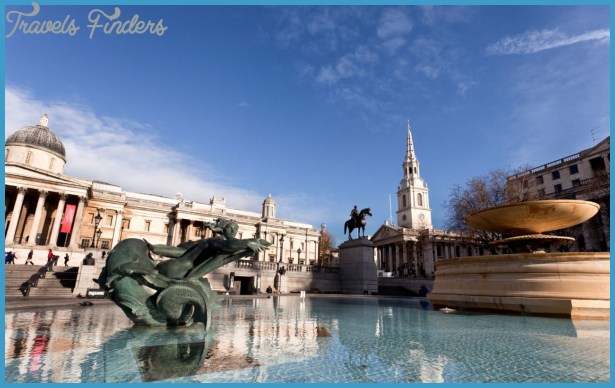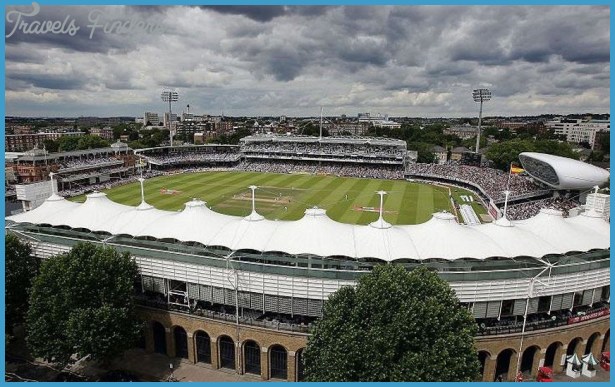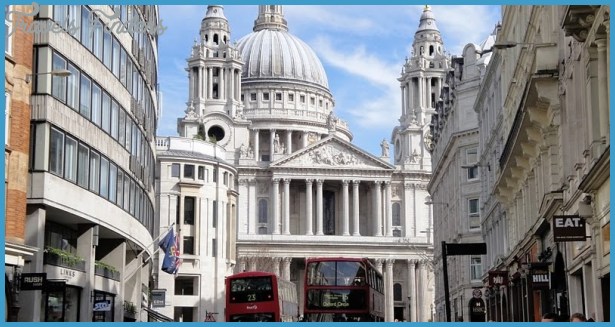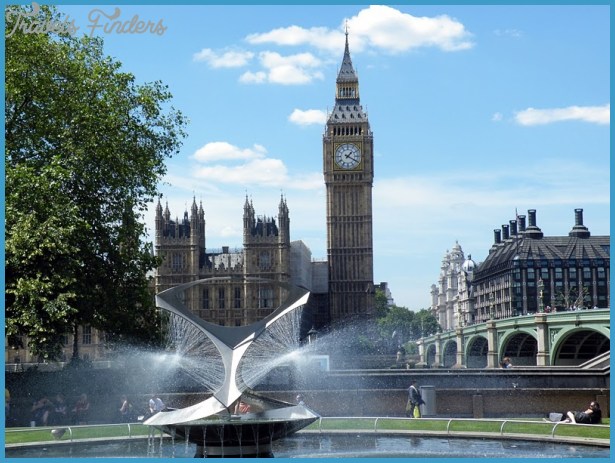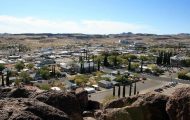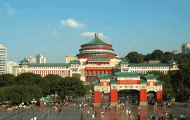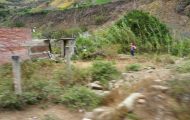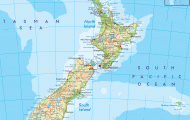London Travel Destinations
HAMPSTEAD
Hampstead first caught the attention of well-heeled Londoners in the 17th century. In the 1930s, residents such as Sigmund Freud, Barbara Hepworth, Aldous Huxley, and Piet Mondrian lent the area a cachet that grows to this day.
HAMPSTEAD HEATH. Hampstead Heath is one of the last remaining commons in England, open to all since 1312. Parliament Hill is the highest open space in London, with excellent views of the city. Farther north, HKenwood House is a picture-perfect 18th-century country estate, designed by Robert Adams for the first Earl of Mansfield and home to the impressive Iveagh Bequest of Old Masters, including works by Botticelli, Rembrandt, Turner, and Vermeer. (Tube: Hampstead. A 20min. walk from the station. Kenwood House open Apr.-Sept. daily 8am-8:30pm, Oct.-Mar. 8am-4pm.)
EAST LONDON
THE EAST END AND DOCKLANDS
The boundary between the East End and the City of London is as sharp today as it was when Aldgate and Bishopsgate were literal gateways in the wall separating the rich and powerful City from the poorer quarters to the east. Whitechapel is the oldest part of the East End. In the 19th century, it was thronged with Jewish refugees from Eastern Europe; today it’s the heart of London’s Bangladeshi community, which centers around Brick Lane. Christ Church, on Commercial St. opposite Spitalfields market, is Nicholas Hawksmoor’s largest, and is considered by many to be his masterpiece; it is slowly being restored to its former glory. (Tube: Liverpool St. Open M-F 12:30-2:30pm.)
The area of the East End along the river is known as the Docklands. This man-made archipelago of docks was for centuries the commercial heart of the British Empire. In 1981, the government decided to redevelop the area; the showpiece of the regeneration is Canary Wharf, with Britain’s highest skyscraper, the 244m pyramid-topped One Canada Square. Under the tower, the Canada Place and Cabot Square malls draw shoppers from all over London. (Tube: Canary Wharf.)
GREENWICH
Greenwich’s position as the “home of time” is connected to its maritime heritage the Royal Observatory, site of the Prime Meridian, was founded to produce star charts once essential to navigation. The most pleasant way of getting to Greenwich is by boat. Westminster Passenger Association boats head from Westminster Pier, (lhr. call 7930 9033 for schedule. Round-trip £6.30.) TfL Travelcard holders get 33% off riverboat fares. The Greenwich Tourist Information Centre is in Pepys House, 2 Cutty Sark Gdns. ( (0870) 608 2000. Open daily 10am-5pm.)
ROYAL OBSERVATORY. Charles II founded the Royal Observatory in 1675 to develop a method for calculating longitude at sea; the Prime Meridian (which marks 0° longitude) started out as the axis along which the astronomers’ telescopes swung. Next to the Meridian is Christopher Wren’s Flamstead House, whose Octagon Room features long windows designed to accommodate telescopes. The Observatory Dome, next to the Meridian Building’s telescope display, houses a 28 in. telescope constructed in 1893. It hasn’t been used since 1954, but you can get a peek at the stars at the Planetarium. (Greenwich Park. Open daily 10am-5pm. Free.)
CUTTY SARK. Even landlubbers will appreciate the Cutty Sark, the last of the great tea clippers. Launched in 1869, she was the fastest ship of her time, making the trip to and from China in only 120 days. (King William Walk, by Greenwich Pier. Open daily 10am-5pm; last admission 4:30pm. £4; students, seniors, and under-16 £3.)
ROYAL NAVAL COLLEGE. On the site of Henry VIII’s Palace of Placentia, the Royal Naval College was founded by William III in 1694 as the Royal Hospital for Seamen. In 1998, the University of Greenwich moved in. Don’t miss the Painted Hall and the Chapel, which shelters Benjamin West’s painting of a shipwrecked St. Paul. (King William Walk. Open daily 12:30-5pm. Free.)


